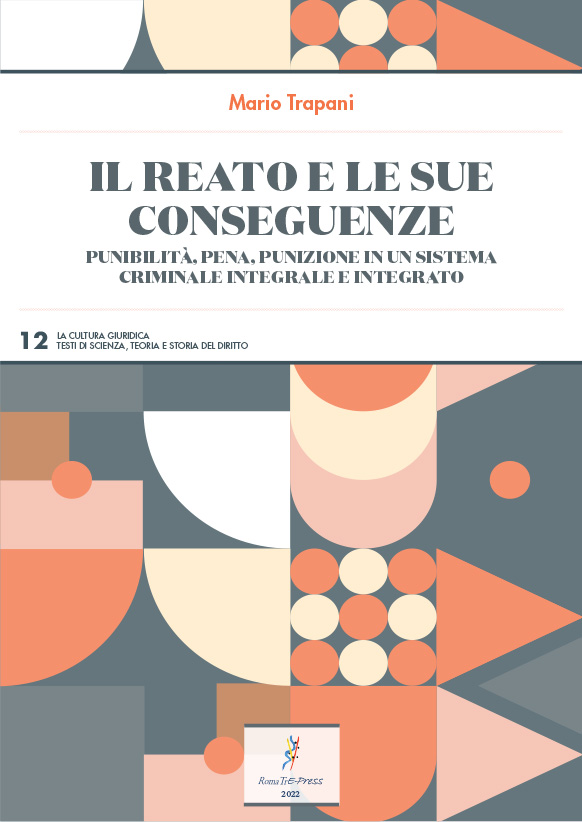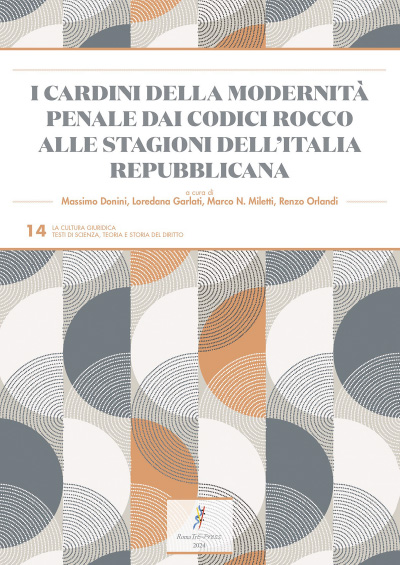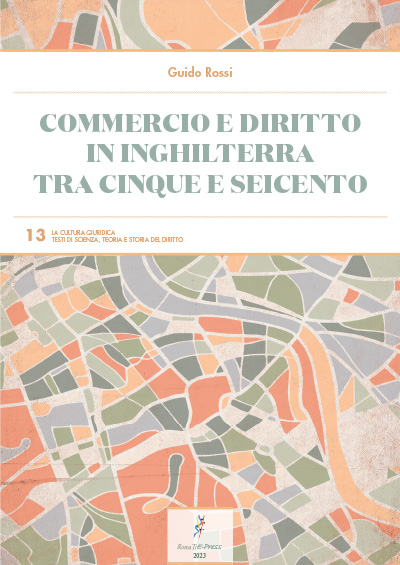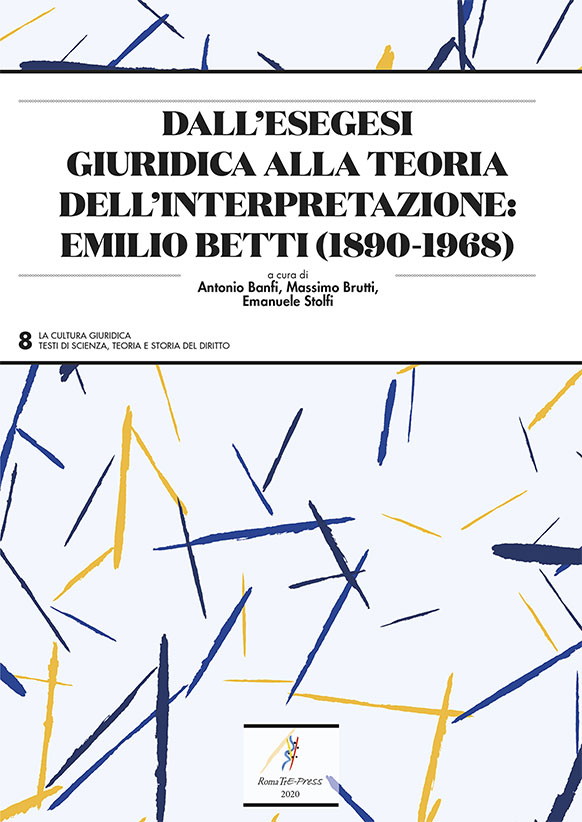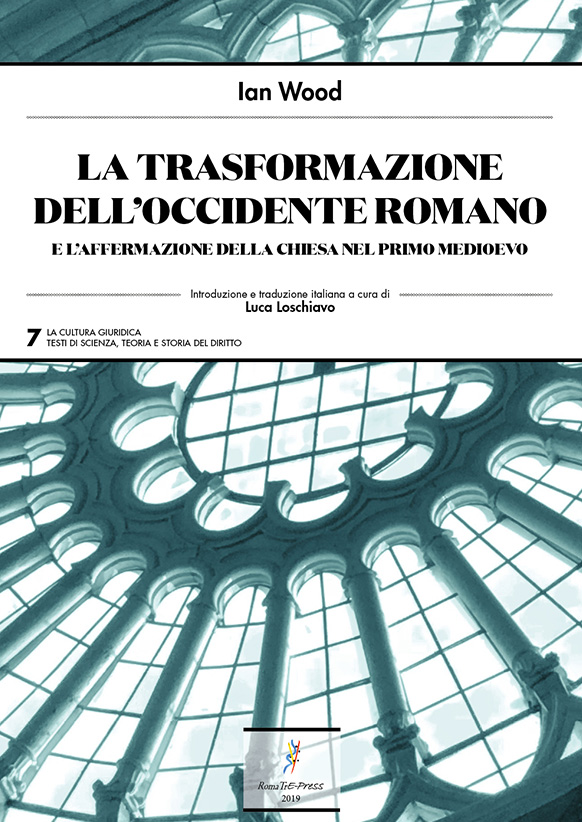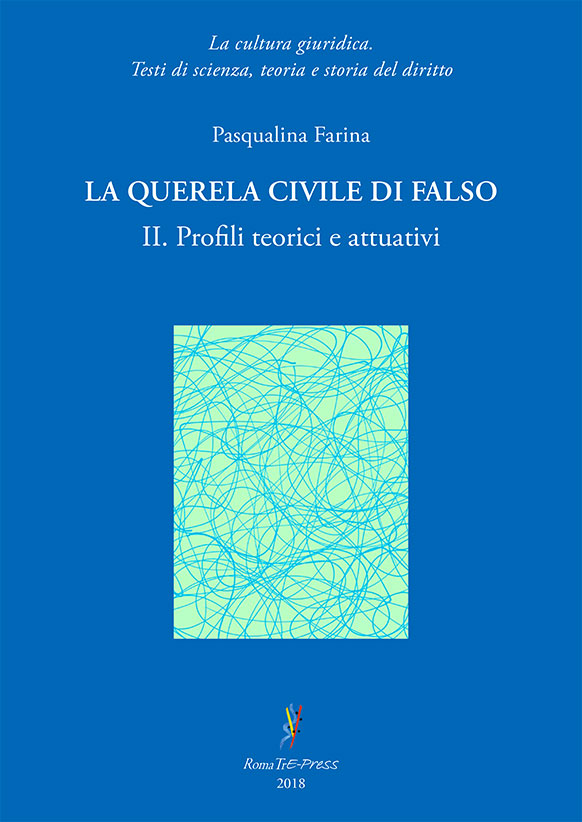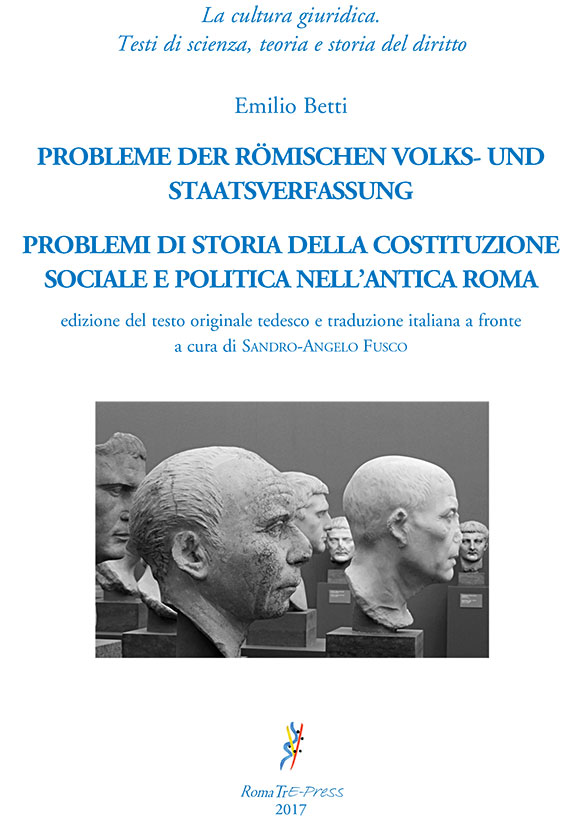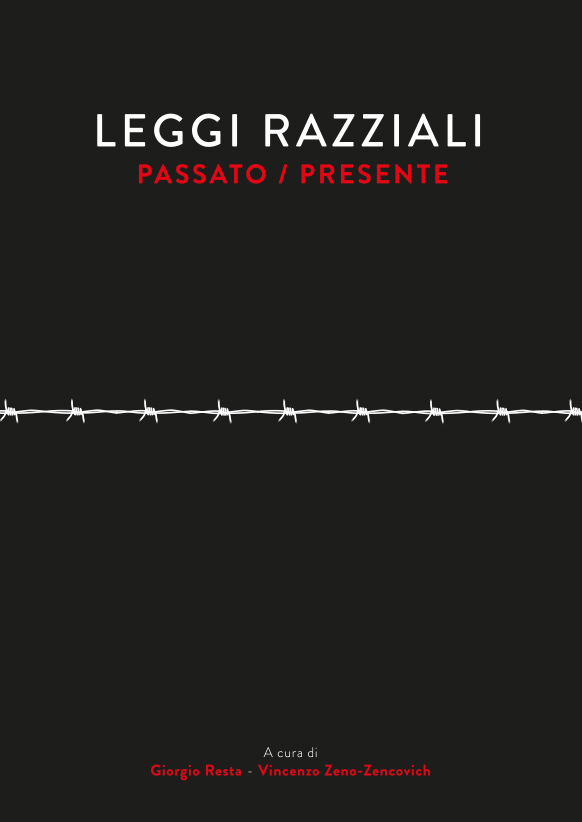Abstract

Il lavoro ha ad oggetto la ricostruzione, alla luce del diritto vigente, di un “sistema del diritto criminale” “integrale” e “integrato”. “Integrale”, in quanto ricavato dall’interpretazione delle disposizioni del diritto penale non solo sostanziale, ma anche processuale e dell’esecuzione penitenziaria, passando per le misure di prevenzione ante e praeter delictum; in una prospettiva quindi tanto repressiva che preventiva. “Integrato”, in quanto basato altresì sulle interferenze e interrelazioni tra tutte le “fattispecie di responsabilità” che hanno fra i loro requisiti costitutivi la commissione di un “fatto di reato”; non solo quindi la fattispecie di responsabilità per la “pena criminale”, ma anche quella per la “misura di sicurezza”, quella “civile da reato” e “amministrativa dell’ente” per il reato commesso dai suoi vertici. In questa logica ricostruttiva, momento centrale è la formulazione di una “teoria del reato” sviluppata attraverso una analisi degli elementi che compongono la struttura di questo “tipo di illecito”; analisi che prende le mosse da una “teoria della norma incriminatrice”, vista nei suoi quattro aspetti “temporale”, “spaziale”, “personale” e “materiale”.

This work concerns the reconstruction, in the light of current law, of an “integral” and “integrated” “criminal law system”. “Integral”, as it is obtained from the interpretation of the regulation decreed by the Criminal Law, not only in its substantive side, but also in the procedural and penitentiary aspects, passing through the prevention measures ante and praeter delictum; in a both repressive and preventive perspective. “Integrated”, as it is also based on the interference and interrelationship between all the “cases of liability”, that include the requirements for the commission of a “crime”; therefore, not only the case of liability for the “criminal penalty”, but also for the “security measure”, the “civil liability deriving from a crime” and “administrative liability of the legal entity” for the crime committed by its managers. The main aim of this work is the formulation of a “theory of the crime” developed through an analysis of the elements that make up the structure of this “type of offence”. The analysis starts from a “theory of the incriminating norm” in its four “temporal”, “spatial”, “personal” and “material” aspects.

